Nov. 30, 2019
Prelims Pointers
Nov. 30, 2019

About:
- The previous low for the country’s GDP growth was 4.3 per cent during January-March 2012-13.
- In July-September, manufacturing growth slumped to (-)1.0 per cent as against 6.9 per cent growth last year, while the “agriculture, forestry and fishing” sector recorded a growth rate of 2.1 per cent as against 4.9 per cent last year.
- At 4.5 per cent, the GDP growth rate is much lower than 5.3 per cent projected for July-September by the Reserve Bank of India (RBI) in its October policy.
- With this, GDP growth rate for April-September, the first half of this fiscal, is now at 4.8 per cent as against 7.5 per cent growth in the year-ago period.
- Growth rate in terms of Gross Value Added (GVA), which is GDP minus net product taxes, has slowed to 4.3 per cent in July-September as against 6.9 per cent a year ago.
- The slowdown in economy is also expected to adversely affect income growth which, in turn, would further dent consumption demand.
- With declining household savings and lower buoyancy in government’s revenue collections, there will be limited fiscal space to spur economic growth and the monetary policy tool — through more rate cuts — could be relied on to boost growth going ahead.
- In just about a year-and-a-half, India has hurtled down the economic growth path. The GDP grew at a robust 8.1 per cent in January-March 2018. Since then, it has decelerated every consecutive quarter.
Prelims Pointers
Nov. 30, 2019
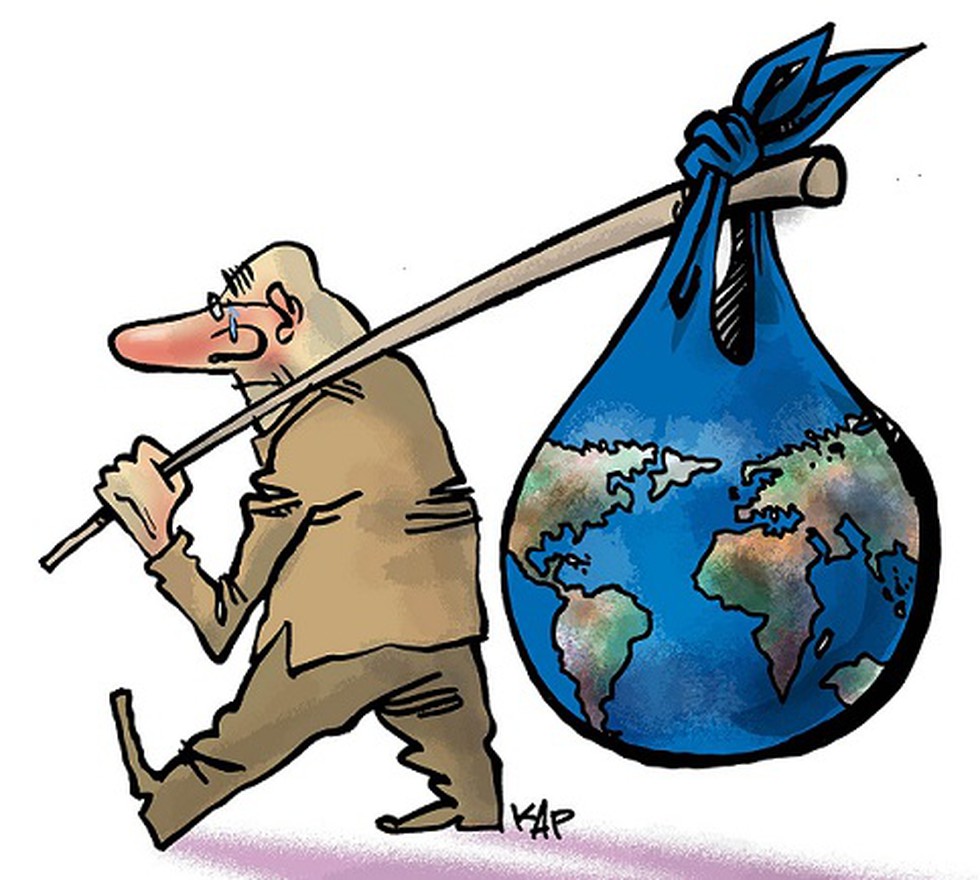
Key findings of the report:
- Of the 272 international migrants worldwide (3.5% of the global population), India accounts for the highest share with 17.5 million Indians living outside the country. India is followed by Mexico (11.8 million) and China (10.7 million).
- Roughly two-thirds of international migrants are labour migrants.
- India is the leading recipient of remittances. International remittances in 2018 (2020 report) reached $689 billion, out of which India received $78.6 million from the 17.5 million living abroad. India is currently followed by China ($67.4 billion) and Mexico ($35.7 billion).
- The top destinations for international migrants is the USA followed by Germany, Saudi Arabia, Russian Federation and the UK.
- The top migration corridors for Indians are the United Arab Emirates, the US and Saudi Arabia.
- The highest number of migrants entering India come from Bangladesh.
- Oceania is the region with the highest proportion of international migrants and the UAE is the country with the highest proportion of international migrants. More than half of all international migrants (141 million) live in Europe and North America.
Prelims Pointers
Nov. 30, 2019

About:
- Clownfish (family: Pomacentridae), also known as anemonefish, are some of the most iconic marine fish in the world.
- They are highly popular among SCUBA divers due to their striking colour combinations of white, orange, yellow and brown.
- There are a total of 28 species of clownfish, which are all very similar in their habits. Perhaps the most renowned of these is the Common Clownfish (Amphiprion ocellaris), which was popularised in the Walt Disney movie ‘Finding Nemo’.
- Distribution: Clownfish are found in tropical and subtropical areas of the Pacific and Indian Oceans. The greatest diversity of clownfish is found close to Papua New Guinea, although the Great Barrier Reef in Australia is also known for a number of unique variants
- Habitat: Within their range, clownfish are restricted to shallow waters due to their fascinating relationship with only a handful of specific sea-anemone species.
Clownfish breed only in sea anemones, sharing a symbiotic bond. The anemone benefits because clownfish can defend the anemone from fish that might eat it. Clownfish are the only fish that do not get stung by the nematocysts of the anemone.
Prelims Pointers
Nov. 30, 2019
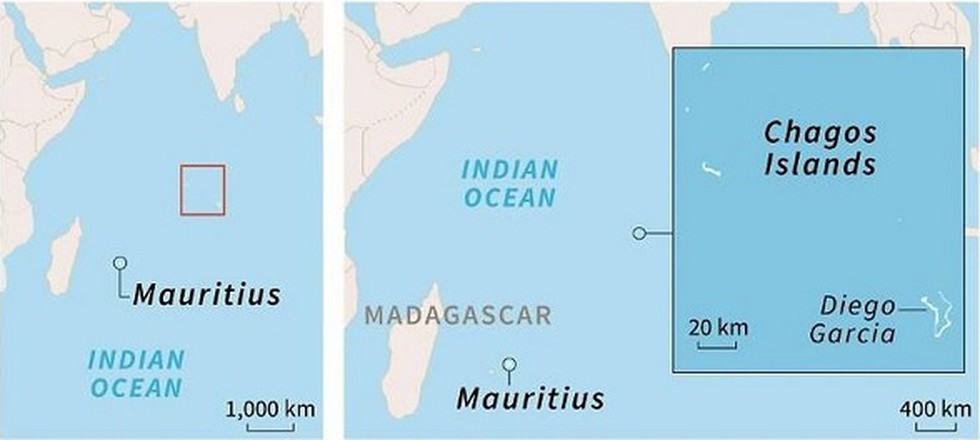
About:
- The Chagos Archipelago is a group of seven atolls comprising more than 60 individual tropical islands in the Indian Ocean.
- It is officially part of the British Indian Ocean Territory.
Timeline of dispute:
- Chagos Archipelago has been part of Mauritius since at least the 18th century when France governed it. In 1810, Mauritius was captured by the United Kingdom and France ceded the territory in the Treaty of Paris.
- In 1965, three years before Mauritius got its independence, Britain separated the Chagos islands to carve out a ‘British Indian Ocean Territory’.
- In 1966, the UK leased Diego Garcia (the biggest island in the Chagos archipelago) to the US to create an air & naval base. For constructing the defence installation, the inhabitants of the island were forcibly removed.
- In 1968 Mauritius was granted independence.
- In February 2019, the International Court of Justice (ICJ) issued an advisory opinion that Britain has an obligation to end its administration of the Chagos Archipelago — home to the U.S. military base of Diego Garcia — and complete the process of decolonisation of Mauritius.
- In May 2019, the UN General Assembly passed a resolution asking the U.K. to withdraw its “colonial administration” from the Chagos Archipelago within six months. Mauritius wants its sovereignty over the islands restored.
Prelims Pointers
Nov. 30, 2019
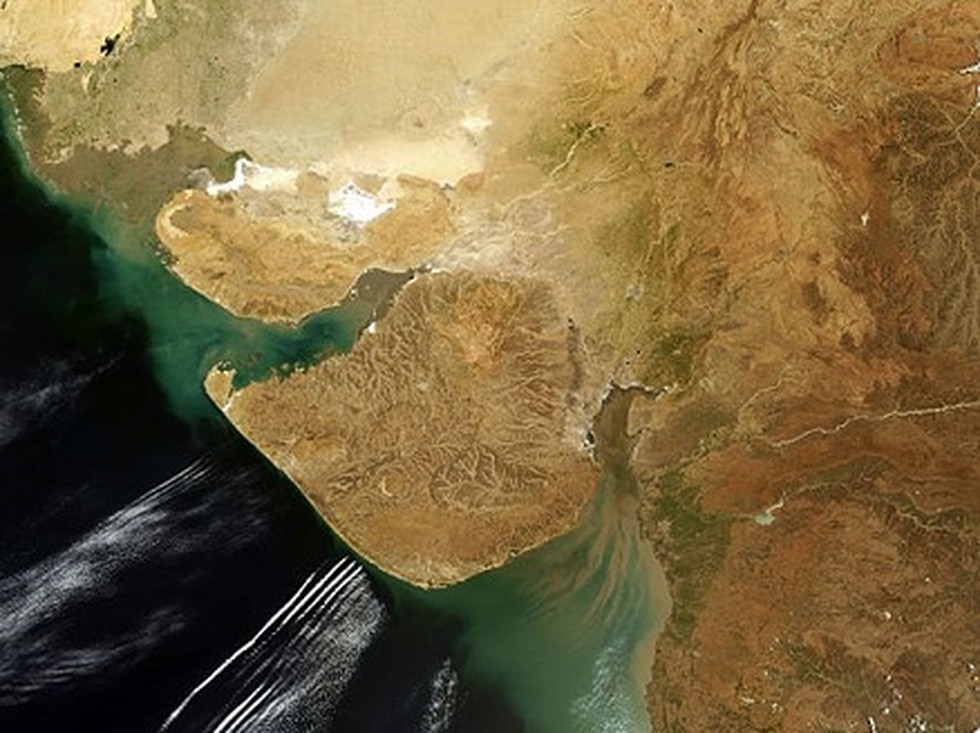
About:
- The anti-terrorism law draws heavily from The Maharashtra Control of Organised Crime Act (MCOCA), 1999, with two significant differences:
- the checks on interception of communication that are part of the Maharashtra law are missing in the Gujarat law; and
- the definition of “terrorist act” in the GCTOCA also covers “intention to disturb public order”.
- the checks on interception of communication that are part of the Maharashtra law are missing in the Gujarat law; and
- These differences make the Gujarat law tougher and broader in scope than MCOCA.
Prelims Pointers
Nov. 30, 2019
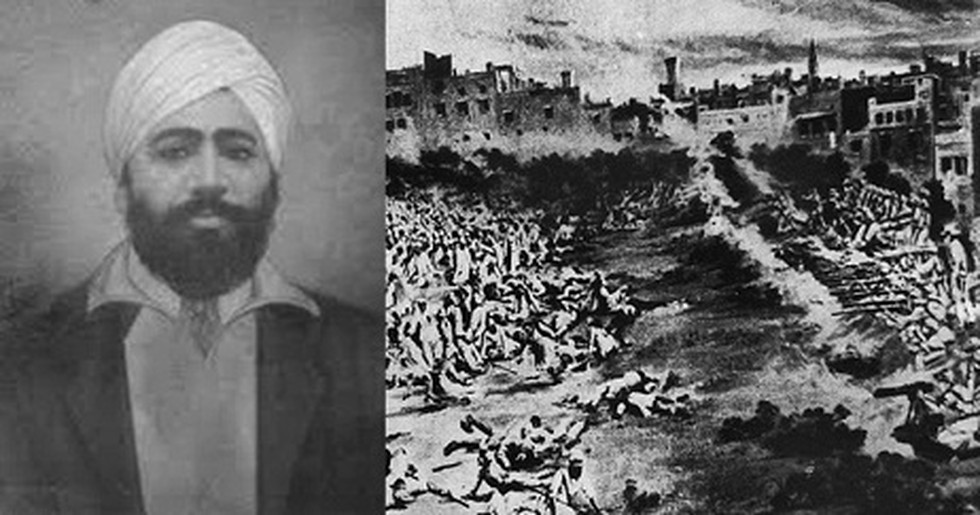
About:
- Udham Singh, born in Sunam in Punjab’s Sangrur district in 1899, was a political activist who got associated with the Ghadar Party while in the US.
- In 1934, Singh made his way to London with the purpose of assassinating Michael O’Dwyer, who in 1919 had been the Lieutenant Governor of Punjab and unsurprisingly, Singh considered O’Dwyer to be responsible for the massacre.
- Instead of Dyer, who instructed his men to open fire at the crowd gathered in Jallianwala Bagh, O’Dwyer is considered to be the actual perpetrator, since Dyer could not have executed it without his permission.
- On March 13, 1940 Singh shot O’Dwyer at a meeting of the East India Association and the Royal Central Asian Society at Caxton Hill. Singh was immediately arrested.
- At the court he referred to himself as Mohamed Singh Azad, to symbolise Hindu-Sikh-Muslim unity in the fight for India’s freedom. He was hanged on July 31, 1940 at Pentonville Prison.
- For avenging the Jallianwala Bagh massacre, Singh is seen by some as a hero. Gandhi had famously decried Singh’s revenge as an “act of insanity”.
- In 2018 his statue was installed at Jallianwala Bagh during Baisakhi.
- Udham Singh Nagar district in Uttarakhand is named after the freedom fighter.
Prelims Pointers
Nov. 30, 2019

About:
- The BIS (Bureau of Indian standards) Act 2016 has enabling provisions under Section 14 & Section 16 for making hallmarking of gold jewellery and artefacts mandatory by the Central Government.
- This will make it compulsory for all the jewellers selling gold jewellery and artefacts to register with BIS and sell only hallmarked Gold jewellery and artefacts.
- The draft Quality Control Order for mandatory hallmarking of gold jewellery and artefacts has been hosted on WTO website on 10th October 2019 for comments for a period of 60 days.
- As on 31st October 2019 there are 877 Assaying and hallmarking centres spread in 234 district locations across the country and so far 26,019 jewellers have taken BIS registration.
Prelims Pointers
Nov. 30, 2019
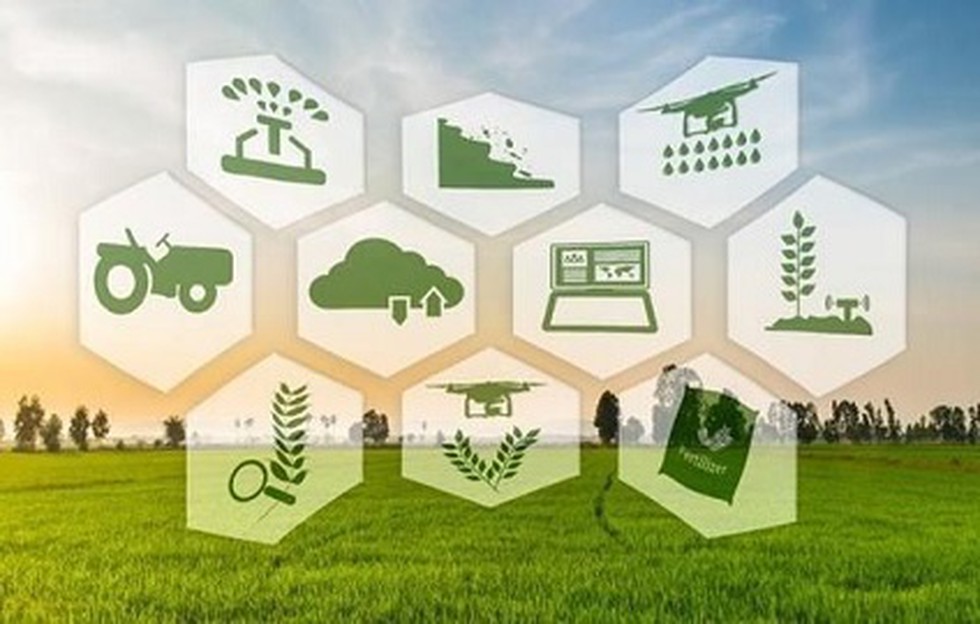
These are:
- The Indian Council of Agricultural Research (ICAR) has established a network of 715 Krishi Vigyan Kendras (KVKs) in the country mandated with Technology Assessment and Demonstration for its Application and Capacity Development (TADA–CD).
- Agro-advisories are given to the farmers through mKisan portal. mKisan portal is a platform which provides web-based mobile advisory to farmers with the technological backstopping from Research Institutes and Agricultural Universities supporting farmers.
- Further, Sub Mission on Agricultural Mechanization (SMAM) provides a suitable platform for converging all activities for inclusive growth of agricultural mechanization by providing a ‘single window’ approach for implementation with a special focus on small & marginal farmers.
- Government is also implementing National Agriculture Market (e-NAM) scheme for transparent price discovery for remunerative prices for the farmers for their produce through competitive online bidding system.
- Under Marketing Research & Information Network (MRIN) Scheme, support is provided to the States towards setting up and maintaining connectivity with Agmarknet portal for collection and dissemination of market information on arrivals and prices of agri-commodities.
Prelims Pointers
Nov. 30, 2019
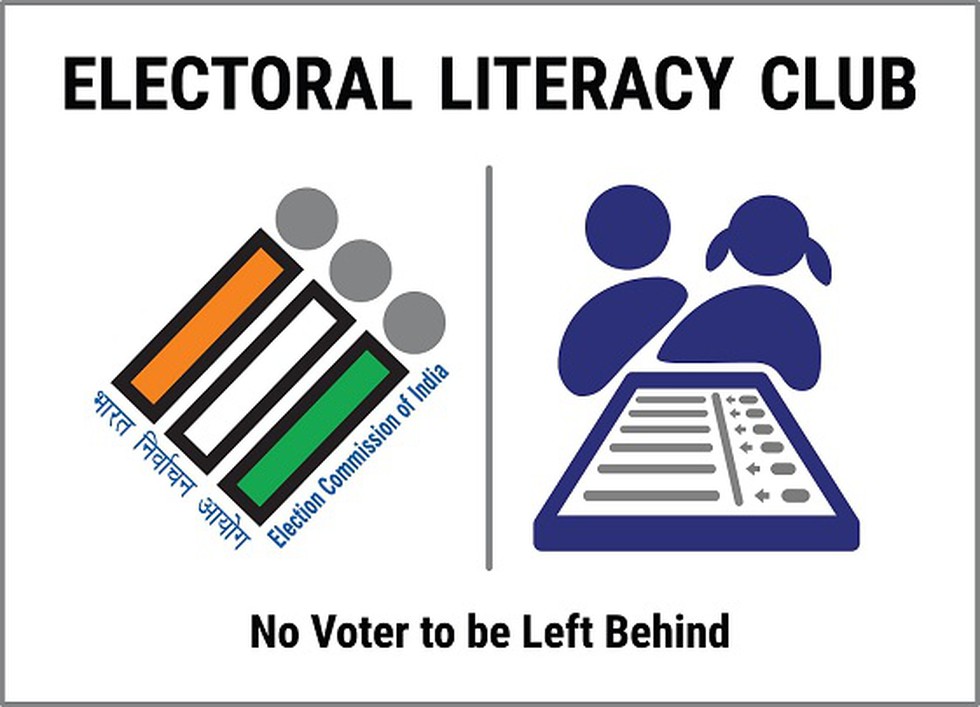
About:
- ECI, under its flagship programme ‘Systematic Voters’ Education & Electoral Participation’ (SVEEP), has introduced the project for Mainstreaming of Electoral Literacy through Educational Institutions/ Organizations.
- This project envisages setting up of Electoral Literacy Club in every educational institution and Chunav Pathshala at every booth to cover those outside the formal education system.
- Launched on 8th National Voters’ Day on 25th January, 2018, ELCs shall serve as a vibrant hub of Electoral Literacy for developing and strengthening the culture of electoral participation through hands on experience. Till now 5,80,620 ELCs have been established across the country.
Prelims Pointers
Nov. 30, 2019

The measures taken by the Ministry of AYUSH for further propagating the natural medical systems are:
- The Ministry of AYUSH regularly observes days dedicated to AYUSH Systems of Medicine Viz. International Day of Yoga, Ayurveda Day, Unani Day, Siddha Day, Naturopathy Day, Homoeopathy Day etc. to create awareness about the benefits of the respective AYUSH system.
- Ministry of AYUSH has established research councils namely Central council for research in homoeopathy (CCRH), Central Council for Research in Ayurvedic Sciences (CCRAS), Central Council in Research in Siddha (CCRS) and Central Council for Research in Unani Medicines (CCRUM) for undertaking Research and health awareness campaigns.
- At present there is no such proposal for consideration to establish a University for Siddha and Unani Medical systems in Tamil Nadu on the lines of Sarvapalli Radhakrishnan Ayurveda Medical University in Rajasthan. However, the matter comes under the purview of State Government.
Nov. 29, 2019
Prelims Pointers
Nov. 29, 2019

Landslides:
- A landslide is the movement of rock, debris or earth down a slope. Landslides are known also as landslips, slumps or slope failure.
- Reasons: They result from the failure of the materials which make up the hill slope and are driven by the force of gravity. Landslides can be triggered by natural causes or by human activity.
Types of Landslide Movement:
- Fall: This is generally characterised by a rapid to extremely rapid rate of movement with the descent of material characterised by a freefall period.
- Topple: This is characterised by the tilting of rock without collapse, or by the forward rotation of rocks about a pivot point. Topples have a rapid rate of movement and failure is generally influenced by the fracture pattern in rock. Material descends by abrupt falling, sliding, bouncing and rolling.
- Flow: This is the most destructive and turbulent form of landslide. Flows have a high-water content which causes the slope material to lose cohesion, turning it into a slurry. They are channelled by the landscape and move rapidly.
- Spread: This phenomenon is characterised by the gradual lateral displacement of large volumes of distributed material over very gentle or flat terrain.
Landslip monitoring stations in the highlands:
- Based on the recommendations of the National Centre for Earth Science Studies (NCESS), the Union Ministry of Earth Sciences (MoES) has initiated steps to establish a network of landslip monitoring stations in the highlands.
- The units based on acoustic emission technology will also have an early warning mechanism to alert the local community.
Prelims Pointers
Nov. 29, 2019
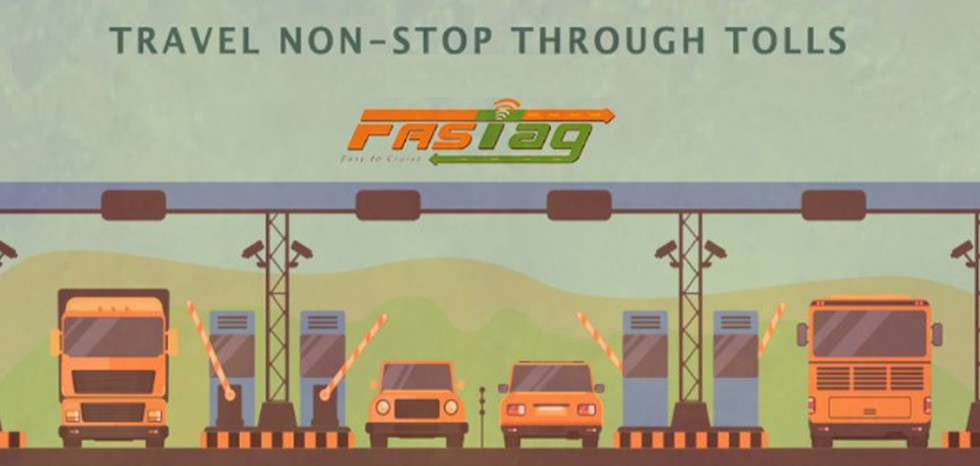
About:
- FASTag is a radio-frequency identification (RFID) technology sticker that can be installed on the windshield of any vehicle. By this, toll payments can be made directly from the pre-paid account linked to it, thus avoiding the need of vehicles to stop at toll plazas for payment of fees.
- Indian Highways Management Company Ltd. (IHMCL), a company promoted by NHAI, is implementing the National Electronic Toll Collection Program (NETC) in the country under the brand name “FASTag” which was launched in April 2016.
- A FASTag is valid for five years, and can be recharged as and when required.
- E-commerce portals like Amazon and PayTM sell these tags issued by various banks. They are available at 27,000 points of sale set up by 22 banks and the NHAI.
What about state highways?
- Under a new “One Nation One FASTag” scheme, the NHAI is trying to get states on board so that one tag can be used seamlessly across highways, irrespective of whether it is the state or the Centre that owns/manages it.
- Recently as part of a pilot, Karnataka, Andhra Pradesh and Haryana signed MoUs with the Centre to accept FASTags in state highways also.
Prelims Pointers
Nov. 29, 2019

Salient features of Norms:
- In case of default in repayment of loans beyond 30 days, listed companies will have to disclose the fact of such default within 24 hours. The new default rule will come into force on January 1, 2020.
- An early disclosure can act as an early warning system, which can help investors make considered decisions on whether to stay on or sell the stock and exit, cutting their losses.
- It is also expected that the move will lead to greater credit discipline in the banking industry.
Other recent steps by SEBI:
- SEBI has amended Portfolio Managers (PM) Regulations, 2019 following which net worth requirement of portfolio managers has been enhanced from two crore to five crore rupees.
- SEBI has approved a proposal to reduce the overall time taken for a rights issue from 55 days to 31 days.
- Besides, SEBI has also extended the Business Responsibility Report requirement to top 1,000 companies, from 500 currently.
Prelims Pointers
Nov. 29, 2019
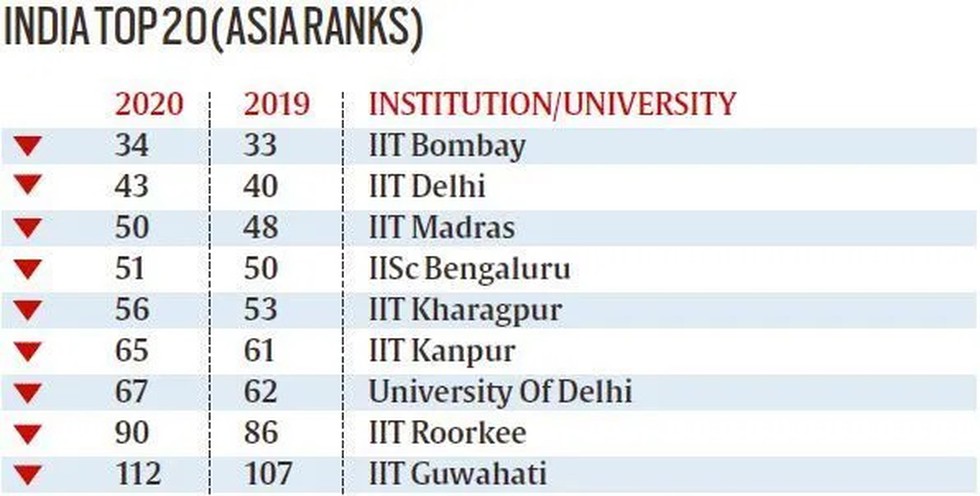
Key highlights:
- The QS Rankings use a methodology based on 11 metrics.
- The National University of Singapore is ranked Asia’s best for the second consecutive year. It is followed by Nanyang Technological University, which has risen from 3rd to 2nd; and the University of Hong Kong.
- 96 Indian institutions rank among 550 for the continent. The 96 Indian universities featured in the rankings include eight among the top 100, and 31 among the top 250. Of these 96 Indian universities ranked, 20 are brand-new entries.
- The best performing institution from India is IIT Bombay, which drops one place to 34th position. It is followed by IIT Delhi at 43rd place and IIT Madras at 50th.
- Only Mainland China is more represented than India, with 118 featured universities. While Mainland China has four in the top 10 this year, India does not yet have a university among the top 30.
Prelims Pointers
Nov. 29, 2019
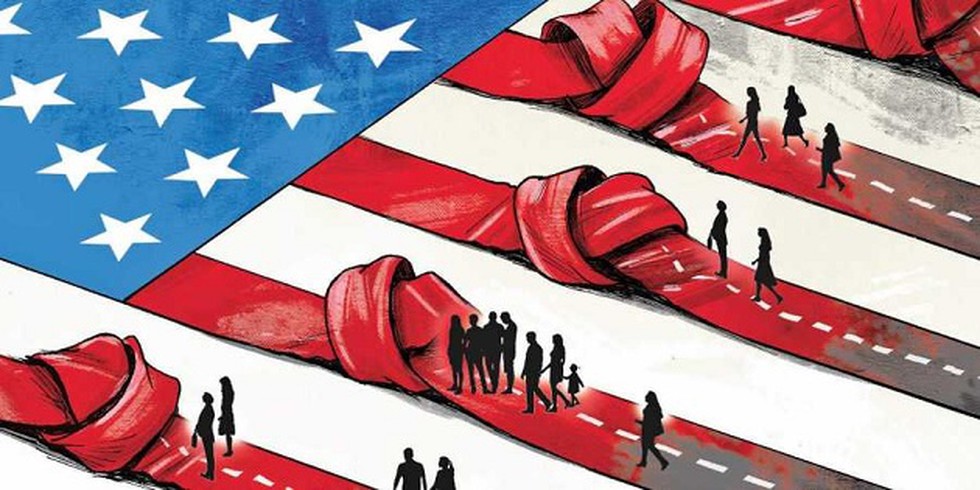
About:
- The EB-5 is one of five employment-based immigrant visas that can be obtained in the United States (others being EB-1, EB-2, EB-3, EB-4). An immigrant visa allows its holder to live and work in the US permanently, as opposed to a non-immigrant visa like the H-1B.
- Under the US immigration rules, the EB-5 is a category of visa which enables an individual to apply for permanent residentship in the United States (also called green card) after meeting certain investment and employment-generation criteria.
- The applicant is required:
- to make the necessary investment in a commercial enterprise in the United States, and
- create or, in certain circumstances, preserve 10 full-time jobs for qualified United States workers.
- to make the necessary investment in a commercial enterprise in the United States, and
- The US uses the visa scheme to generate employment in what are called ‘targeted employment areas’. The TEAs consist of areas that have an average unemployment rate of at least 150% of the national average unemployment rate of the US, as well as certain rural areas.
Prelims Pointers
Nov. 29, 2019
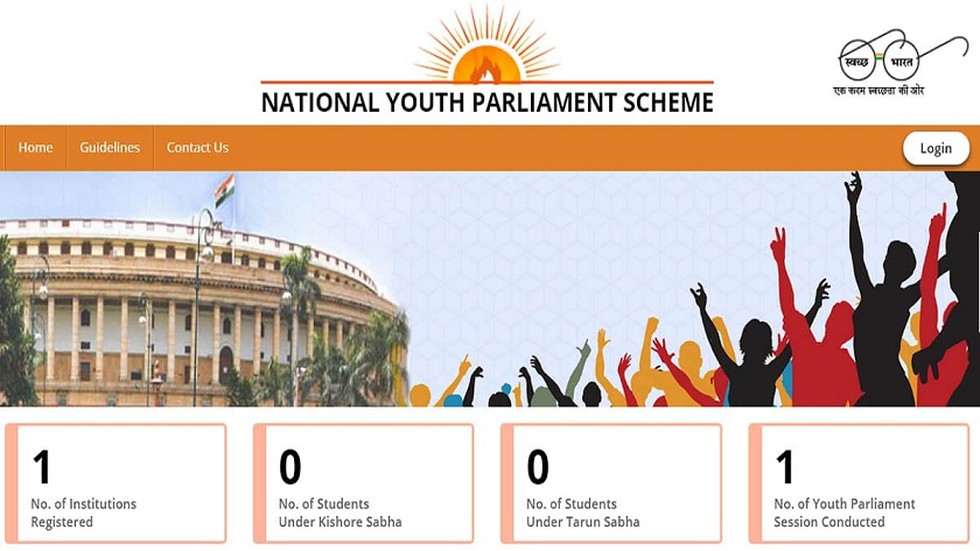
About:
- The web-portal of the National Youth Parliament Scheme is available at www.nyps.mpa.gov.in.
- The main objective of the portal is to increase the outreach of the youth parliament programme of the Ministry to all parts of the country.
- All recognised educational institutions of the country are eligible to participate in this programme.
- The registration for participation will be done by the education institutions through the web-portal. After successful registration, the educational institutions will be able to conduct youth parliament sittings in their respective institutions.
- Each student taking part in the sitting will get a Digital ‘Certificate of Participation’ and each Teacher-in-charge and Head of Institution will get a ‘Certificate of Appreciation’ through the web portal.
Ministry of Parliamentary Affairs has been implementing Youth Parliament programme since 1966 in Schools under the Directorate of Education, Government of NCT of Delhi and NDMC, Kendriya Vidyalayas, Jawahar Navodaya Vidyalayas and Universities/ Colleges.
Prelims Pointers
Nov. 29, 2019
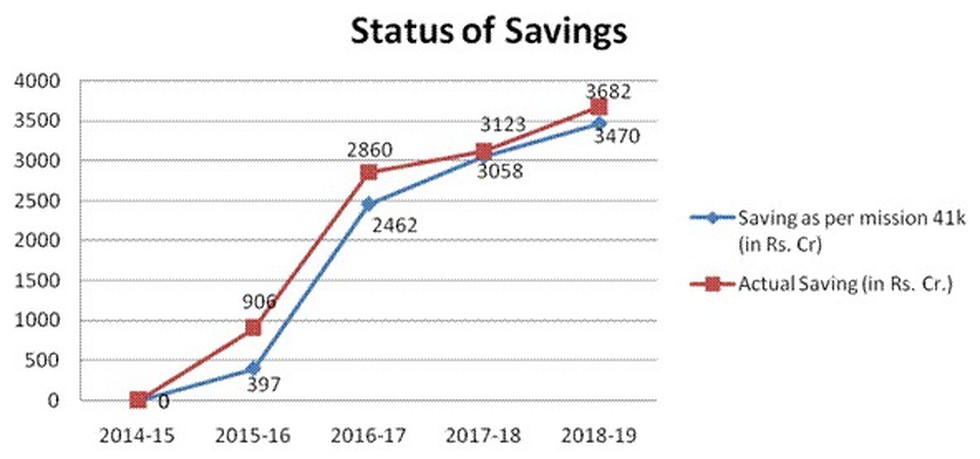
About:
- “Mission 41K” document was unveiled by Ministry of Railways in 2017. It targets for saving of Rs. 41,000 Crore through integrated Rail Energy Management System by 2025.
- Railway Energy Management Company Limited (REMCL), a JV of Ministry of Railways and RITES Ltd., has been endeavouring to achieve this target by gradual migration from Consumer to Deemed Licensee.
- Deemed Licensee status enables Indian Railways to buy electricity directly from any generating company by paying wheeling charges to Central and State transmission system under open access as per The Electricity Act,2003.
- These efforts have resulted in keeping electricity price at most economical rate on sustainable basis since 2015 on Indian Railways.
Prelims Pointers
Nov. 29, 2019

About:
- What is coalbed methane (CBM)?
- CBM is extracted from unconventional gas reservoirs — where gas is extracted directly from the rock that is the source of the gas.
- The methane is held underground within the coal and is extracted by drilling into the coal seam and removing the groundwater. The resulting drop in pressure causes the methane to be released from the coal.
- CBM is extracted from unconventional gas reservoirs — where gas is extracted directly from the rock that is the source of the gas.
- What are the uses of CBM?
- CBM has been looked at as a clean alternative fuel with significant prospects.
- CBM can be used for power generation, as compressed natural gas (CNG) auto fuel, as feedstock for fertilisers, industrial uses such as in cement production, rolling mills, steel plants, and for methanol production.
- CBM has been looked at as a clean alternative fuel with significant prospects.
- Indian scenario:
- According to the Directorate General of Hydrocarbons, Ministry of Petroleum and Natural Gas, India’s CBM resources are estimated at around 92 trillion cubic feet (TCF), or 2,600 billion cubic metres (BCM).
- The Damodar Koel valley and Son valley are prospective areas for CBM development.
- According to the Directorate, CBM production in March 2015 was around 0.77 MMSCMD from 5 CBM blocks.
- In 2018, the Union Cabinet relaxed the rules for Coal India Limited (CIL) to extract natural gas lying below coal seams to boost production.
- According to the Directorate General of Hydrocarbons, Ministry of Petroleum and Natural Gas, India’s CBM resources are estimated at around 92 trillion cubic feet (TCF), or 2,600 billion cubic metres (BCM).
Prelims Pointers
Nov. 29, 2019
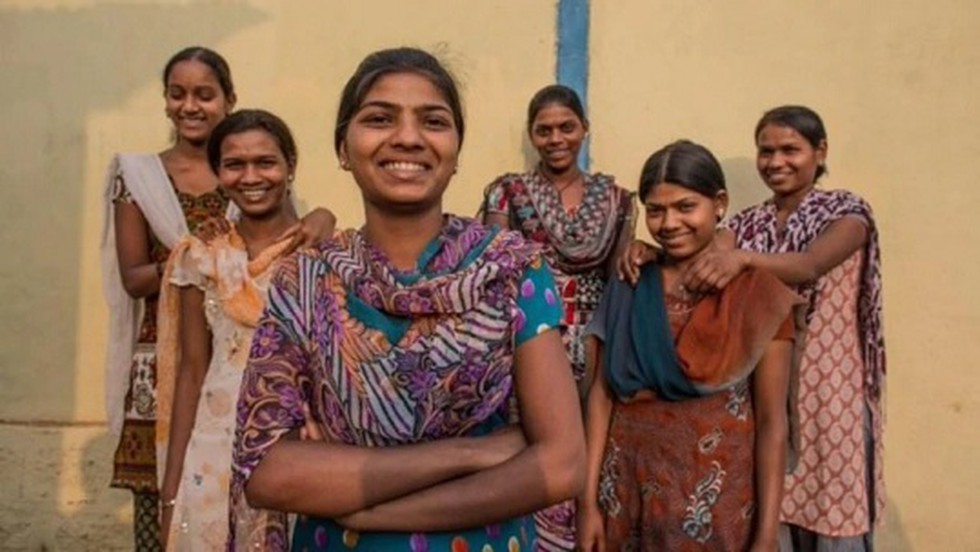
About:
- According to UNICEF, Generation Unlimited, called YuWaah in India, is a multi-stakeholder alliance which aims to facilitate youth to gain relevant skills for productive lives and the future of work.
- The target age group of YuWaah includes adolescent girls and boys.
- Its key mission is to promote access to foundational, transferable and 21st century skills for youth inside and outside formal education systems, which includes defining foundational skills, life skills and flexible learning and identifying and scaling impactful delivery models.
- YuWaah intends to create platforms to guide youth to market opportunities (career guidance, mentorship, internships, apprenticeships) and facilitate integration of career guidance in school education.
Prelims Pointers
Nov. 29, 2019
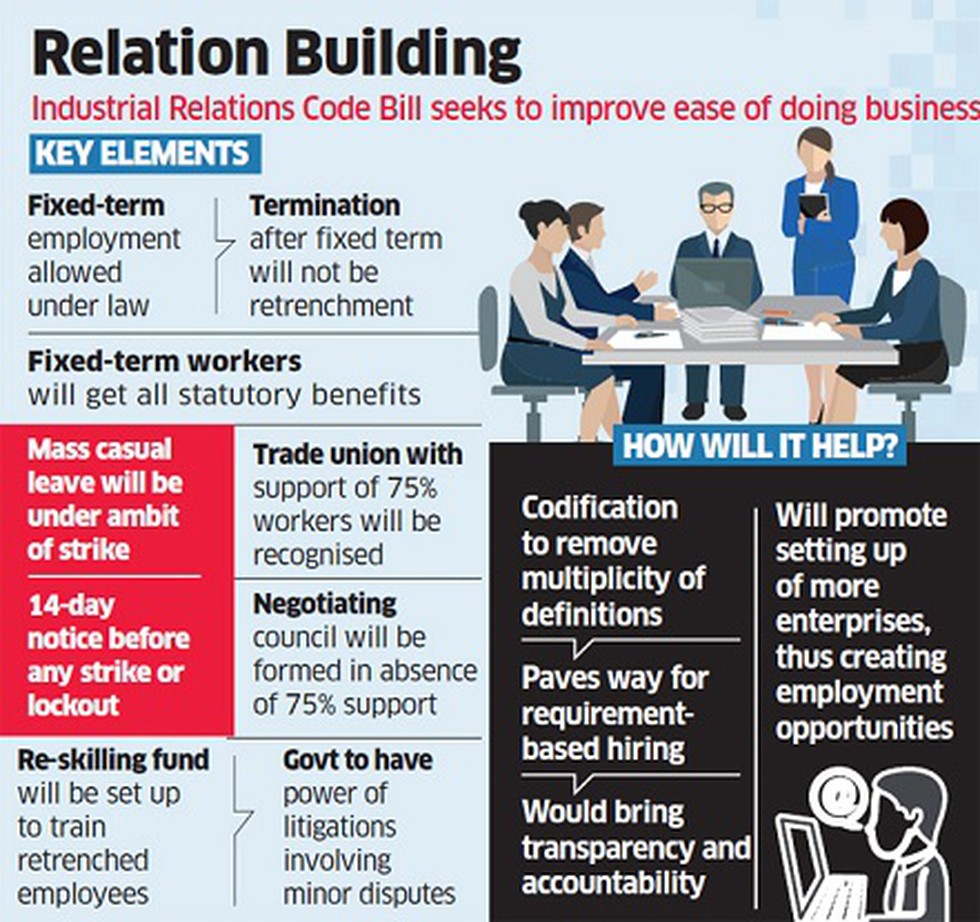
About:
- The draft code on Industrial Relations has been prepared after amalgamating and simplifying the relevant provisions of following three Central Labour Acts:
- The Trade Unions Act, 1926
- The Industrial Employment (Standing Orders) Act, 1946
- The Industrial Disputes Act, 1947
- The Trade Unions Act, 1926
- Features:
- Setting up of two-member tribunal (in place of one member) and introducing a concept that some of the important cases will be adjudicated jointly and the rest by a single member resulting speedier disposal of cases.
- To impart flexibility to the exit provisions, for which, the threshold for prior approval of appropriate Government has been kept unchanged at 100 employees, but added a provision for changing ‘such number of employees’ through notification.
- The re-skilling fund, is to be utilised for crediting to workers in the manner to be prescribed.
- Definition of Fixed Term Employment and that it would not lead to any notice period and payment of compensation on retrenchment excluded.
- Vesting of powers with the government officers for adjudication of disputes involving penalty as fines thereby lessening the burden on tribunal.
- Setting up of two-member tribunal (in place of one member) and introducing a concept that some of the important cases will be adjudicated jointly and the rest by a single member resulting speedier disposal of cases.
Nov. 28, 2019
Prelims Pointers
Nov. 28, 2019
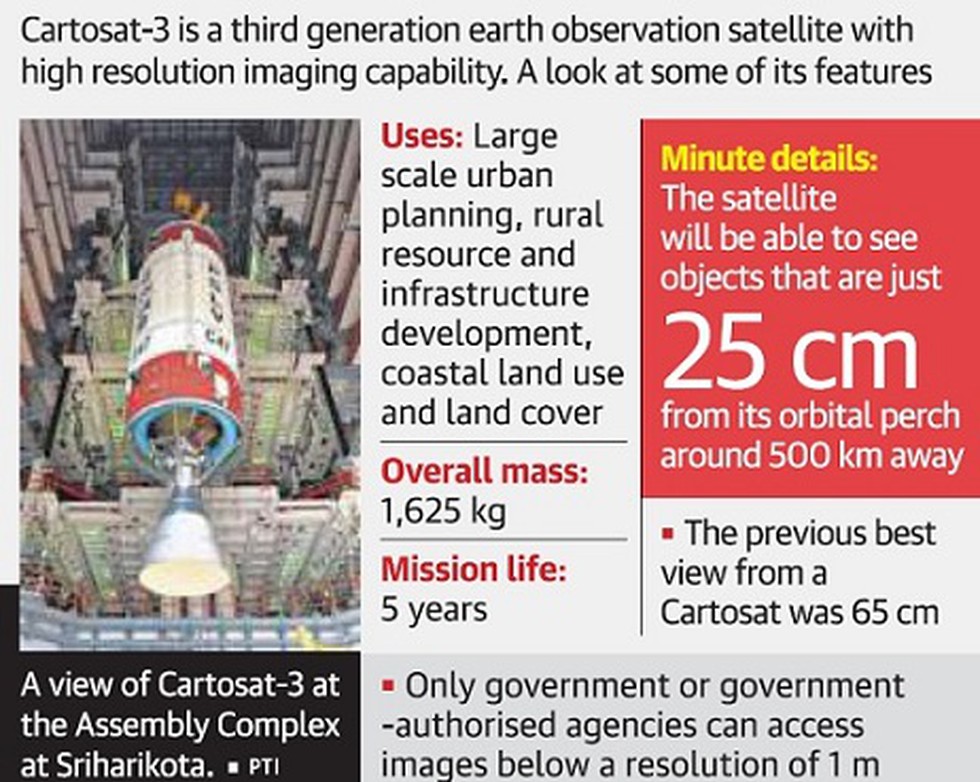
About:
- Cartosat-3 satellite is a third generation agile advanced satellite having high resolution imaging capability. The mission life of the Cartosat-3 is 5 years.
- This is the 9th satellite of Cartosat series developed by Indian Space Research Organisation (ISRO).
- One of Cartosat-3’s cameras offers a ground resolution of 25 cm. Currently, WorldView-3, a satellite owned by U.S. company Maxar, has the best ground resolution of 31 cm. An existing policy allows only government and government authorised agencies to access ISRO's high-resolution imageries below a resolution of 1 m.
- At 1,625 kg, Cartosat-3 is unusually heavy and more than double the mass of the previous eight in its class.
- Cartosat-3 will address the increased user’s demands for large scale urban planning, rural resource and infrastructure development, coastal land use and land cover, etc.
13 Commercial Nanosatellites from USA:
- 13 Commercial Nanosatellites from USA were successfully injected into designated orbit.
- These satellites were launched under commercial arrangement with New Space India Limited (NSIL), the commercial arm of Indian Space Research Organisation (ISRO).
Prelims Pointers
Nov. 28, 2019

About:
- What is it? Autosomal dominant polycystic kidney disease (ADPKD) is a genetic disorder characterized by the growth of numerous cysts in the kidneys. These cysts form inside the kidneys on the walls of hair-sized structures called nephrons, which help to filter out waste from the blood.
- Symptoms: The most common symptoms include pain in the back and between the ribs and hips, headaches, blood in the urine, high blood pressure, and kidney insufficiency.
- Cause:
- ADPKD is caused by mutations in the PKD1 and PKD2 gene, that create proteins for the proper functioning of the kidneys and other parts of the body.
- ADPKD is inherited as an autosomal dominant trait in families. This means that if one parent has the disease, there is a 50-percent chance that the disease will pass to a child of either gender.
- ADPKD is caused by mutations in the PKD1 and PKD2 gene, that create proteins for the proper functioning of the kidneys and other parts of the body.
- Impact:
- ADPKD is one of the most common causes of end-stage kidney disease (when kidneys can no longer function properly).
- Though a kidney disease, ADPKD can affect other organ systems leading to a multisystem disorder. Organs that can be affected include the liver, pancreas, prostrate and glands of the male reproductive tract.
- ADPKD is one of the most common causes of end-stage kidney disease (when kidneys can no longer function properly).
- Treatment: Although there is no cure for ADPKD, treatment can ease symptoms and prolong life. Treatment includes dialysis and renal (kidney) transplant.
- Vulnerable groups: ADPKD was earlier known as adult polycystic kidney disease, since it usually occurs in the fourth or fifth decade of life — but it has been reported in children and infants as well. Both men and women are equally likely to develop this disease.
Prelims Pointers
Nov. 28, 2019
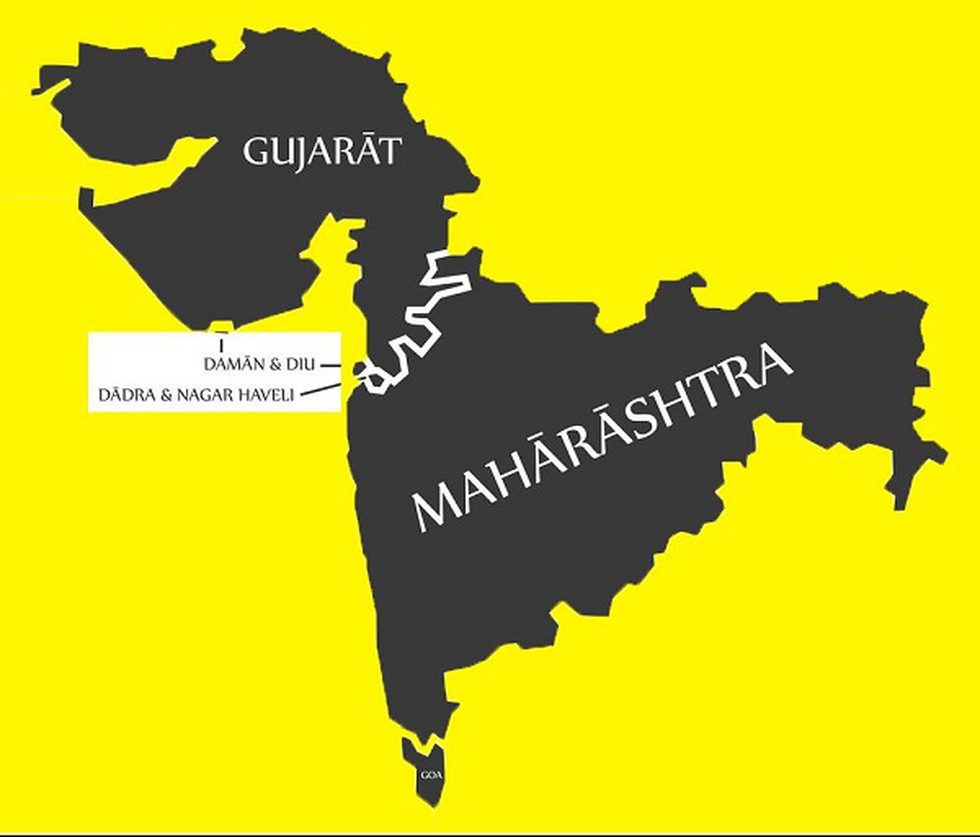
Key features of the Bill include:
- The First Schedule to the Constitution specifies the territories that come under various states and UTs. The Bill amends the First Schedule to merge the territories of the two UTs: (a) Dadra and Nagar Haveli, and (b) Daman and Diu. The merged territory will form the UT of Dadra and Nagar Haveli and Daman and Diu.
- Article 240(1) of the Constitution allows the President to make regulations for certain UTs, including the UTs of Dadra and Nagar Haveli, and Daman and Diu. The Bill amends the Article to replace these two UTs with the merged UT.
- Representation in Lok Sabha: The First Schedule to the Representation of the People Act, 1950 provides one seat in Lok Sabha to each of the two UTs. The Bill seeks to amend the Schedule to allocate two Lok Sabha seats to the merged UT.
- Jurisdiction of High Court: The Bill provides that the jurisdiction of the High Court of Bombay will continue to extend to the merged UT.
- Services under the UTs: There will be no change in the status of Group III and IV employees.
Comment:
- Both the UTs are located in the western region of the country. Dadra and Nagar Haveli has just one district while Daman and Diu has two. The combined population of the two UTs is 5 lakh 80 thousand.
- Currently, administrators shuttle between the two UTs on specific days which creates problems for administrative functioning. The merger was decided to improve delivery services to the people.
- The country currently has nine UTs after the creation of the UTs of Jammu and Kashmir, and Ladakh. However, with the merger of Daman and Diu, and Dadra and Nagar Haveli, the number of UTs will come down to eight.
Prelims Pointers
Nov. 28, 2019
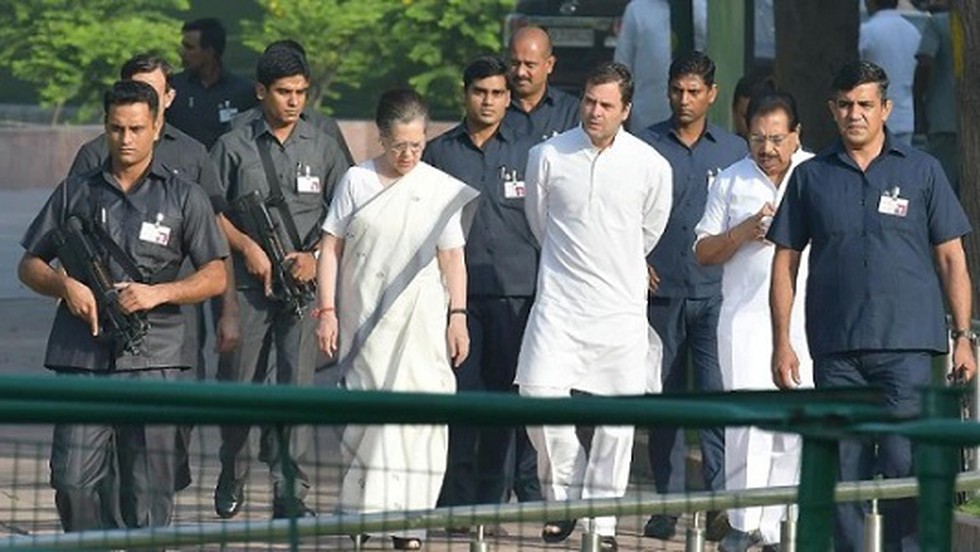
Special Protections Group Act, 1988: Salient Features
- Based on the recommendations of the Birbal Nath committee report, SPG came into existence in 1985. From 1985 to 1988, SPG was governed by an Executive Order and only in 1988 the SPG Act came into existence.
- Under the Act, the Special Protection Group (SPG) provides security to the Prime Minister and his immediate family members.
- It also provides security to former Prime Ministers and their immediate family members for a period of one year from the date on which they cease to hold the office. Beyond this period, the SPG security is provided based on the level of threat as decided by the central government.
- The threat must: (i) emanate from a military or terrorist organisation, and (ii) be of a grave and continuing nature.
- If the SPG security is withdrawn from a former Prime Minister, it will also be withdrawn from his immediate family members, unless the level of threat faced by the immediate family member warrants such security.
Special Protection Group (Amendment) Bill, 2019: Salient Features
- The Bill amends this provision to state that the SPG will provide security to the Prime Minister, and members of his immediate family residing with him at his official residence.
- It will also provide security to any former Prime Ministers, and his immediate family members residing with him at the residence allotted to him.
- This security will be provided for a period of five years from the date on which he ceases to hold the office of Prime Minister.
- If the SPG security is withdrawn from a former Prime Minister, it will also be withdrawn from his immediate family members.
Comment:
- Replying to the debate, the Home Minister noted that there is a perception in the country that the amendment in SPG Act is only for the purpose to remove the SPG security cover for the Gandhi family.
- He clarified that the security cover has not been removed from the Gandhi Family but it has been changed to Z Plus security with CRPF and Ambulance.
Prelims Pointers
Nov. 28, 2019
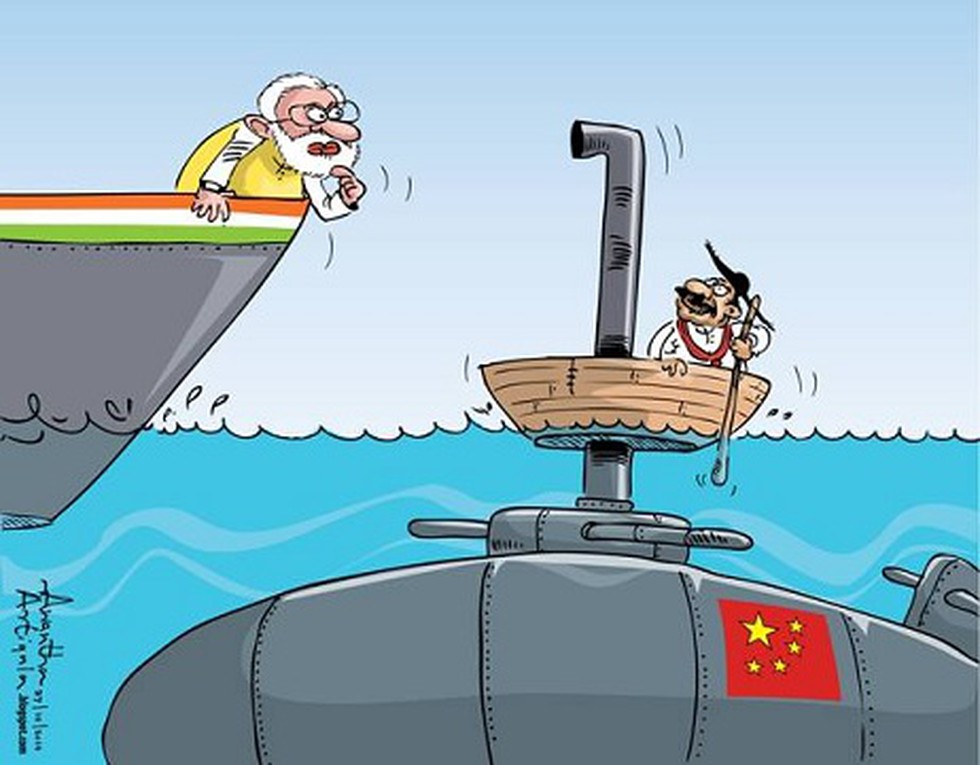
About:
- Exercise MITRA SHAKTI is conducted annually as part of military diplomacy and interaction between armies of India & Sri Lanka.
- The aim of this joint training exercise is to build close relations between armies of India and Sri Lanka with focus on sub unit level training for counter insurgency & counter terrorism operations.
Prelims Pointers
Nov. 28, 2019
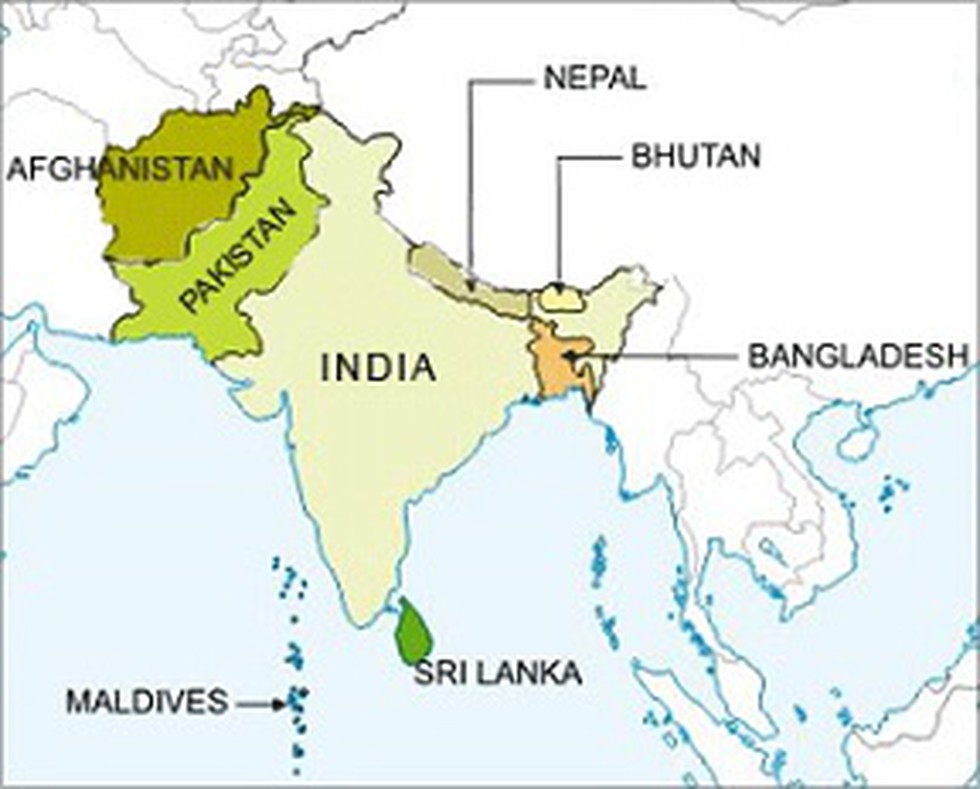
Salient Features:
- Under the framework for 2019-22, RBI will continue to offer swap arrangement within the overall corpus of $2 billion.
- The RBI would enter into bilateral swap agreements with SAARC central banks, who want to avail swap facility.
- The drawals can be made in US Dollar, Euro or Indian Rupee. The Framework provides certain concessions for swap drawals in Indian Rupee.
- The Currency Swap Facility will be available to all SAARC member countries, subject to their signing the bilateral swap agreements.
- The new Framework is valid from November 14, 2019 to November 13, 2022.
- Earlier, the SAARC currency swap facility came into operation on November 15, 2012 with an intention to provide a backstop line of funding for short term foreign exchange liquidity requirements or balance of payment crises till longer term arrangements are made.
- A currency swap between countries is an agreement to exchange currencies with predetermined terms and conditions.
- South Asian Association for Regional Cooperation (SAARC) member countries are: Afghanistan, Bangladesh, Bhutan, India, Maldives, Nepal, Pakistan and Sri Lanka.
Prelims Pointers
Nov. 28, 2019
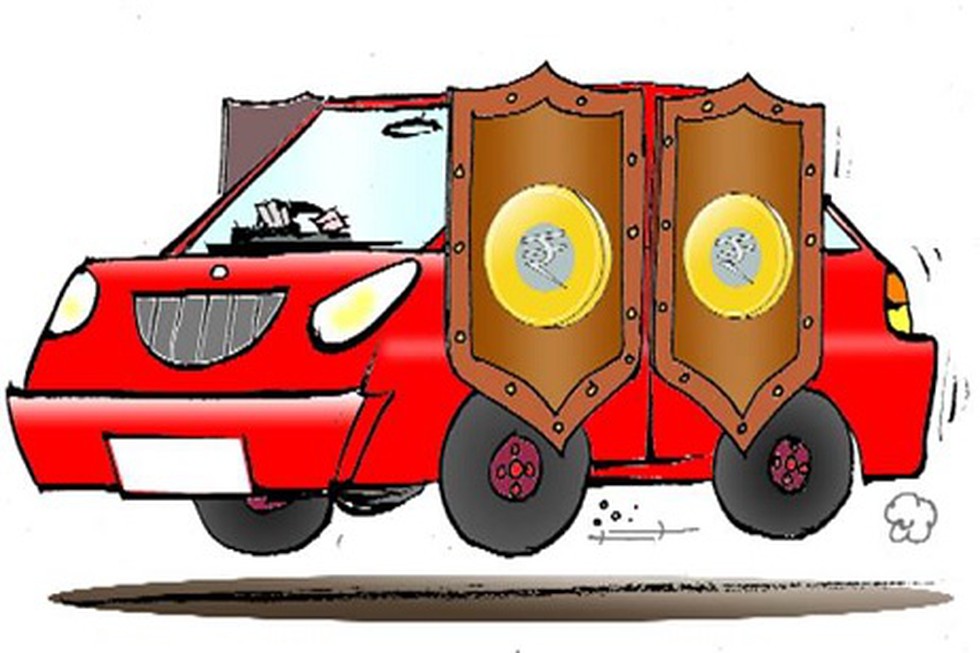
Named Driver policy:
- It has recommended Named Driver policy as an option for private car and two wheeler policies.
- A ‘named driver policy’ as an automobile insurance policy provides coverage only for drivers specifically named on the policy and not for other individuals driving the vehicle.
Telematics:
- It is recommended to adopt Telematics for Motor Insurance. A central repository of telematics data can be created where data from various sources flows to create a common pool.
- Insurance Information Bureau of India (IIBI), which acts as data repository for insurance companies, can manage the data and its protection
- Telematics, or black box insurance, is a car insurance where a small box is fitted to the car. The device will have four components — a GPS system, a motion sensor (or accelerometer), a SIM card, and a computer software.
- The black box measures various aspects of how, when and where the car is driven. This data can be used to calculate a personalised renewal quote or premium, or in services like the accident alert and theft recovery.
Prelims Pointers
Nov. 28, 2019
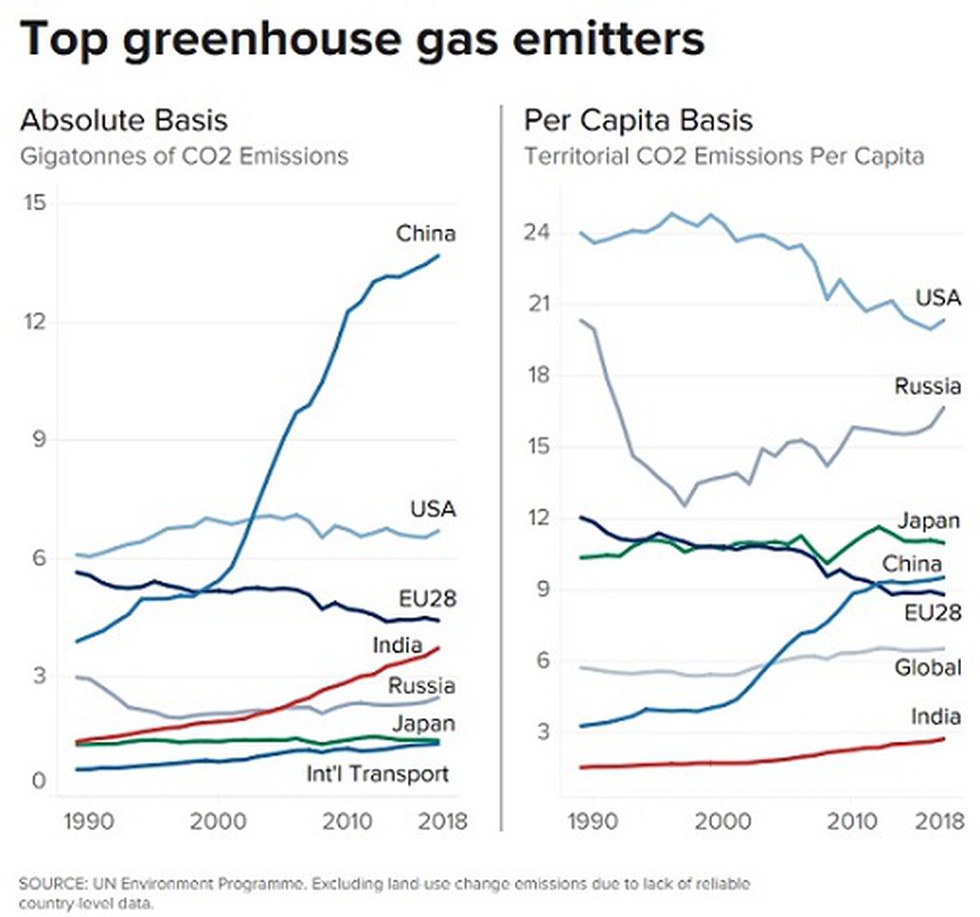
Key Highlights of the report:
- Anticipated emissions:
- Greenhouse gas emissions have risen 1.5 per cent per year over the last decade. Emissions in 2018, including from land-use changes such as deforestation, hit a new high of 55.3 gigatonnes of CO2 equivalent.
- Even if all current unconditional commitments under the Paris Agreement are implemented, temperatures are expected to rise by 3.2°C over pre-industrial levels.
- Greenhouse gas emissions have risen 1.5 per cent per year over the last decade. Emissions in 2018, including from land-use changes such as deforestation, hit a new high of 55.3 gigatonnes of CO2 equivalent.
- Culprit countries:
- The United States is the highest producer of greenhouse gases when measured on a per capita basis. Overall, China is the world’s largest producer.
- India is the third-largest emitter behind the United States and China respectively. India’s per capita emissions, however, are significantly below the United States, China and many others.
- G20 nations collectively account for 78 per cent of all emissions, but only five G20 members have committed to a long-term zero emissions target.
- The United States is the highest producer of greenhouse gases when measured on a per capita basis. Overall, China is the world’s largest producer.
- Way ahead:
- To meet the 1.5°C temperature goal of the Paris Agreement, global greenhouse gas emissions must fall by 7.6 per cent each year between 2020 and 2030.
- To deliver on these cuts, the levels of ambition in the Nationally Determined Contributions (NDCs) must increase at least fivefold for the 1.5°C goal and threefold for the 2°C.
- To meet the 1.5°C temperature goal of the Paris Agreement, global greenhouse gas emissions must fall by 7.6 per cent each year between 2020 and 2030.
- Each year, the Emissions Gap Report assesses the gap between anticipated emissions in 2030 and levels consistent with the 1.5°C and 2°C targets of the Paris Agreement.
- For the first time, it looks at how large annual cuts would need to be from 2020 to 2030 to stay on track to meeting the Paris goals.
Prelims Pointers
Nov. 28, 2019
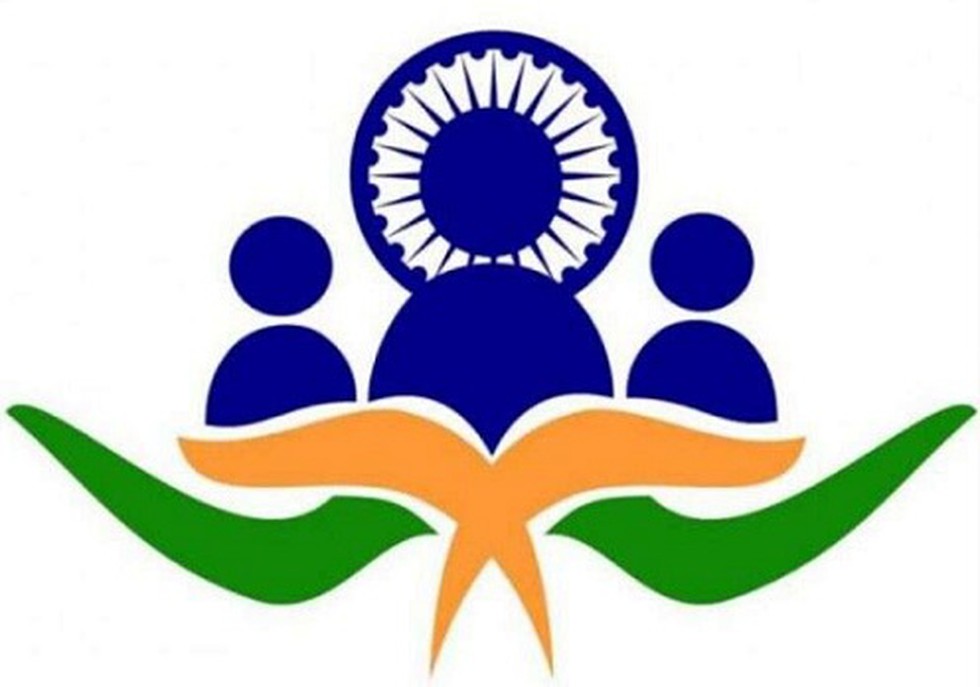
Motto:
- The new motto of Lokpal is ‘Ma Gridhah Kasyasvidhanam’ which in English means “Do not be greedy for anyone’s wealth.”
- It has been taken from a sloka of ‘Ishabasoupanishad’.
Logo:
- The logo symbolises how Lokpal protects and cares for the people of India by establishing justice as per law.
- The logo symbolizes various essence of LOKPAL figuratively in shapes such as: ombudsman (judges bench), people (three human figures), vigilance (Ashok chakra forming eye–pupil), law (shape of book in orange) and judicial (the tricolor two hands are placed below forming a unique balance). The logo is in tricolor representing the national essence of LOKPAL.
The Lokpal became functional after the appointment of its Chairman and members in March 2019.
Prelims Pointers
Nov. 28, 2019
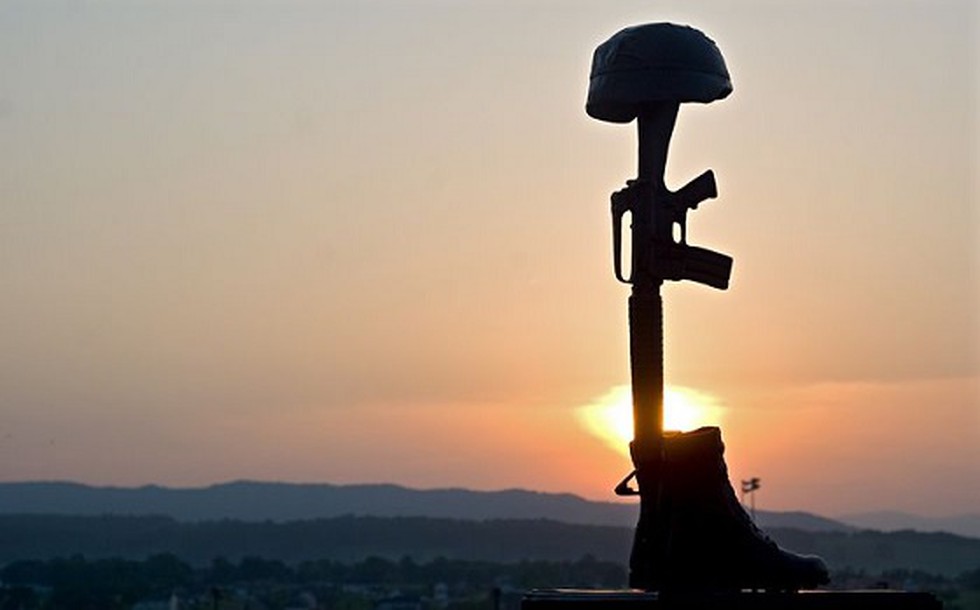
About:
- Families of Armed Forces personnel killed in action against enemy forces will now be able to retain government accommodation for one year. Earlier, this period was three months.
- The provision will also be available for those martyred in enemy air attacks.
- The government’s decision will not just boost the morale of the troops and their families but also came as a relief as shifting homes after losing a breadwinner can be extremely difficult.
Nov. 27, 2019
Prelims Pointers
Nov. 27, 2019
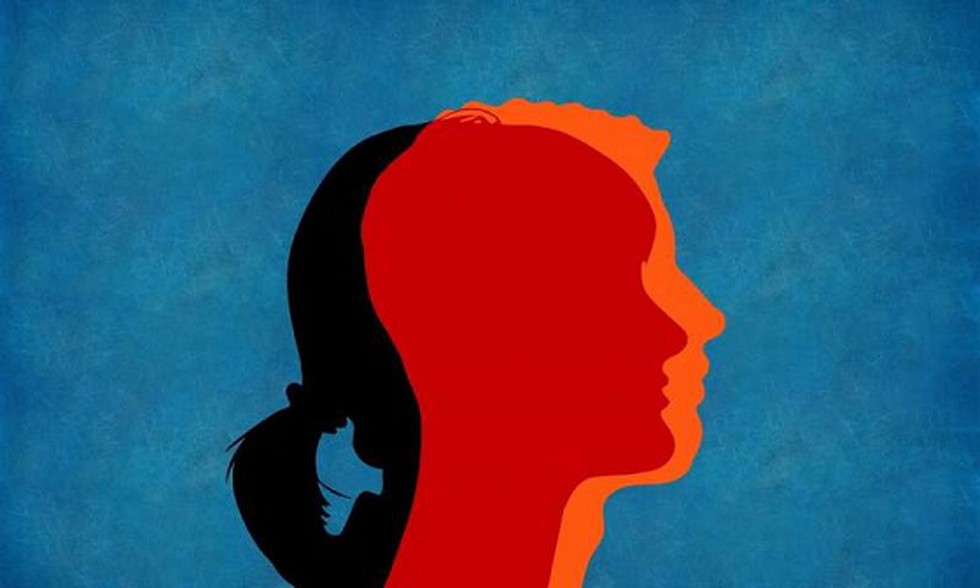
About:
- Definition: The Bill defines a transgender person as one whose gender does not match the gender assigned at birth. It includes trans-men and trans-women, persons with intersex variations, gender-queers, and persons with socio-cultural identities, such as kinnar and hijra.
- Prohibition against discrimination: It prohibits the discrimination against a transgender person, including denial of service or unfair treatment in relation to education, employment, healthcare, access to, or enjoyment of goods, facilities, opportunities available to the public.
- Right of residence: Every transgender person shall have a right to reside and be included in his household.
- Employment: No government or private entity can discriminate against a transgender person in employment matters, including recruitment, and promotion.
- Education: Educational institutions funded or recognised by the relevant government shall provide inclusive facilities for transgender persons, without discrimination.
- Health care: The government must provide health facilities to transgender persons including separate HIV surveillance centres, and sex reassignment surgeries.
- Certificate of identity for a transgender person: A transgender person may make an application to the District Magistrate for a certificate of identity, indicating the gender as ‘transgender’.
- Offences and penalties: The Bill imposes penalties for the offences against transgender persons like bonded labour, denial of use of public places, removal from household & village and physical, sexual, verbal, emotional or economic abuse.
- National Council for Transgender persons (NCT): The NCT chaired by Union Minister for Social Justice, will advise the central government as well as monitor the impact of policies with respect to transgender persons. It will also redress the grievances of transgender persons.
Prelims Pointers
Nov. 27, 2019

About:
- The Bill seeks to amend the National Institute of Design Act, 2014, which declares the National Institute of Design, Ahmedabad as an institution of national importance.
- The bill seeks to declare four National Institutes of Design in Andhra Pradesh, Madhya Pradesh, Assam, and Haryana as institutions of national importance.
- Currently, these institutes are registered as Societies under the Societies Registration Act, 1860 and do not have the power to grant degrees or diplomas.
- On being declared institutions of national importance, the four institutes will be granted the power to grant degrees and diplomas.
Prelims Pointers
Nov. 27, 2019

About:
- Objective: The idea is to create a global plan of action for all stakeholders to together commit to building a “better” Web.
- Who has created this Contract? The World Wide Web Foundation, a non-profit organization founded by Tim Berners-Lee worked on it with Representatives from over 80 organisations, including governments of France, Germany, Switzerland, Italy, and Ghana; tech majors Google, Facebook, Twitter, etc, civil society activists, and academics.
- Principles in the Contract: The Contract consists of following 9 principles, three each for governments, private companies, and individuals and civil society to endorse
- Governments will “Ensure everyone can connect to the Internet”, “Keep all of the Internet available, all of the time”, and “Respect and protect people’s fundamental online privacy and data rights”.
- Companies will “Make the Internet affordable and accessible to everyone”, “Respect and protect people’s privacy and personal data to build online trust”, and “Develop technologies that support the best in humanity and challenge the worst”.
- Citizens will “Be creators and collaborators on the Web”, “Build strong communities that respect civil discourse and human dignity”, and “Fight for the Web so that it “remains open and a global public resource for people everywhere”.
- Governments will “Ensure everyone can connect to the Internet”, “Keep all of the Internet available, all of the time”, and “Respect and protect people’s fundamental online privacy and data rights”.
- Implementation:
- The principles are lofty, and implementation will not be easy.
- The ‘Contract for the Web’ is not a legal document, or a United Nations document — though the organisation is in talks with the UN. It cannot currently bend governments or companies — even those that are on board — to its will.
- The principles are lofty, and implementation will not be easy.
Prelims Pointers
Nov. 27, 2019
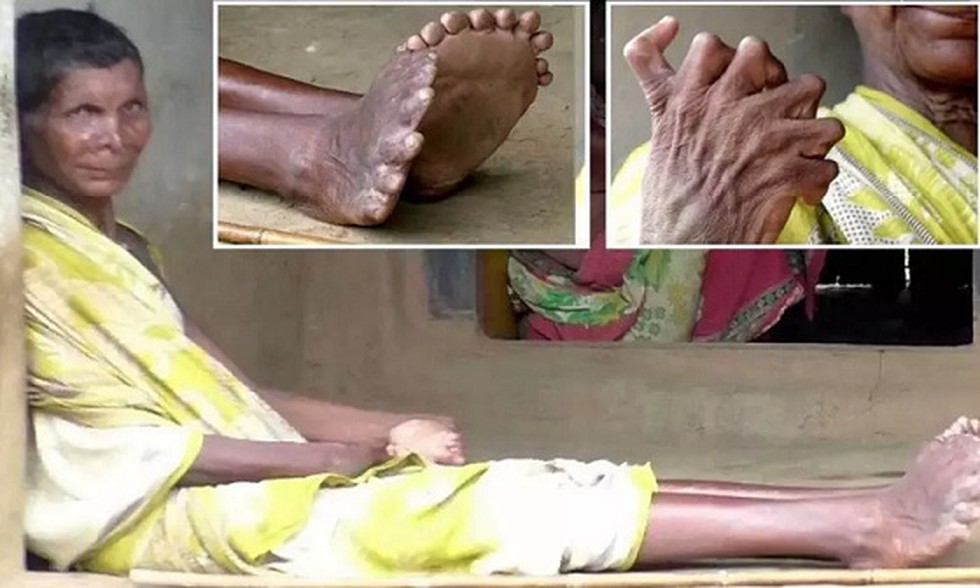
About:
- Polydactyly/polydactylism or hyperdactyly is a birth defect in which humans and animals have supernumerary fingers or toes. In other words, a person suffering from the congenital anomaly of polydactyly will have more than five digits in a particular hand or foot.
- Prevalence: Polydactylism is reported in perhaps one or two children per 1,000 live births, and could be the most common abnormality of development seen in newborns worldwide. The defect is also seen in cats, dogs, cattle, sheep, pigs, chickens, geese, and sometimes horses.
- Cause: The defect develops during the sixth or seventh week of gestation, when an irregularity occurs in the splitting of the fingers from the hand or foot, creating an extra digit. Causes are believed to be genetic, in some cases hereditary.
- Treatment: In most cases, the extra digits can be surgically removed; the procedure gets more challenging if there is bone with the skin and tissue, and most difficult when the bone has a joint.
Polydactyly is opposite to oligodactyly, in which the sufferer has fewer than five digits in a hand or foot.
Prelims Pointers
Nov. 27, 2019
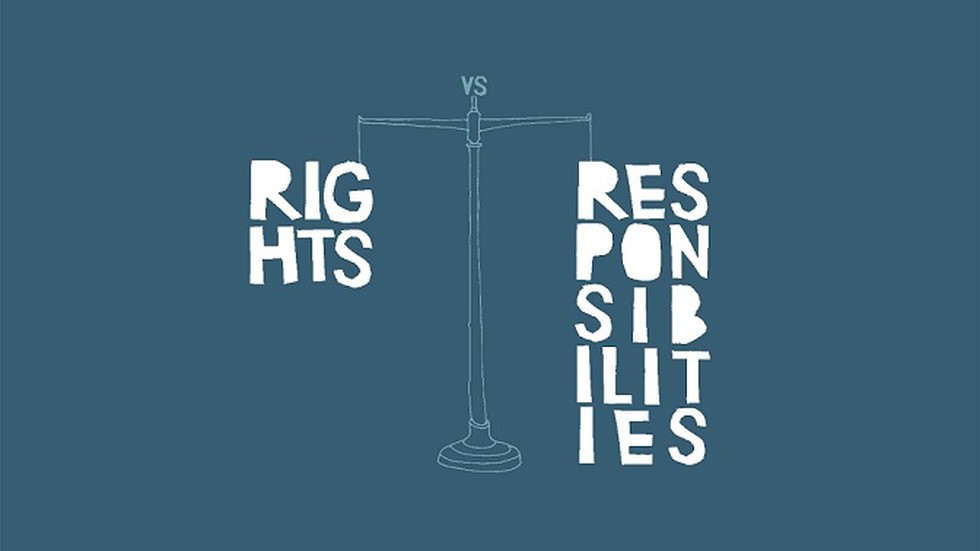
About:
- The portal will be used primarily for holding monthly essay competitions for students as well as other activities like quizzes, debates, poster making etc pertaining to Nagrik Kartavya Paalan Abhiyan.
- On the occasion of the 70th year of the adoption of the Indian Constitution, it has been decided by the Government to run a Nagrik Kartavya Palan Abhiyan from 26th November 2019 to 26th November 2020, to create mass awareness about the Fundamental Duties as enshrined in Constitution.
Abhiyanta?
- During the occasion HRD minister also launched the portal 'Abhiyanta' of AICTE. The portal hosts e-contents in important emerging areas like Artificial Intelligence, Cloud computing, Big data, Augmented Reality etc.
Prelims Pointers
Nov. 27, 2019
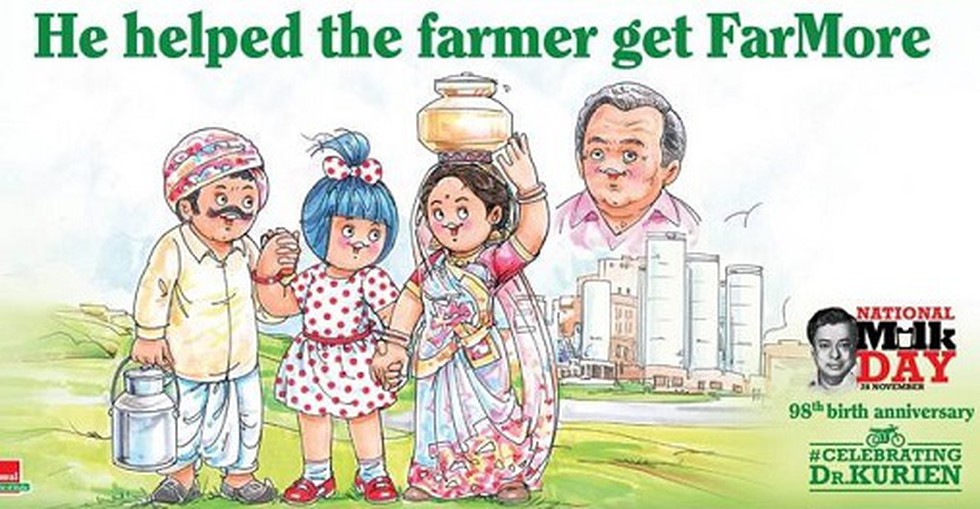
About:
- In 2014, all the dairy majors of the country, along with the Indian Dairy Association, resolved to observe Dr. Verghese Kurien's birthday, November 26, as National Milk Day.
- Verghese Kurien (1921 – 2012) is known as the 'Father of the White Revolution' in India.
- He was a social entrepreneur who led Operation Flood – the world's largest agricultural dairy development programme.
- It made India the world's largest milk producer from a milk-deficient nation, which doubled milk available per person and increased milk output four-fold, in 30 years.
- Kurien played a key role in formation of Amul, which broke the local trade cartel 65 years ago, paving way for the dairy co-operative sector to flourish in Gujarat. He served Gujarat Cooperative Milk Marketing Federation (GCMMF) from 1973 to 2006.
Do you know?
- World milk day is celebrated on 1st June in entire world but in India National Milk Day is celebrated on this day.
- India is the world's largest producer of milk, contributing about 22 per cent of the world's total milk production with over 187.7 million tonnes of milk production every year. India's milk output surpasses that of all the European Union countries combined, which is followed by the US, China.
Prelims Pointers
Nov. 27, 2019
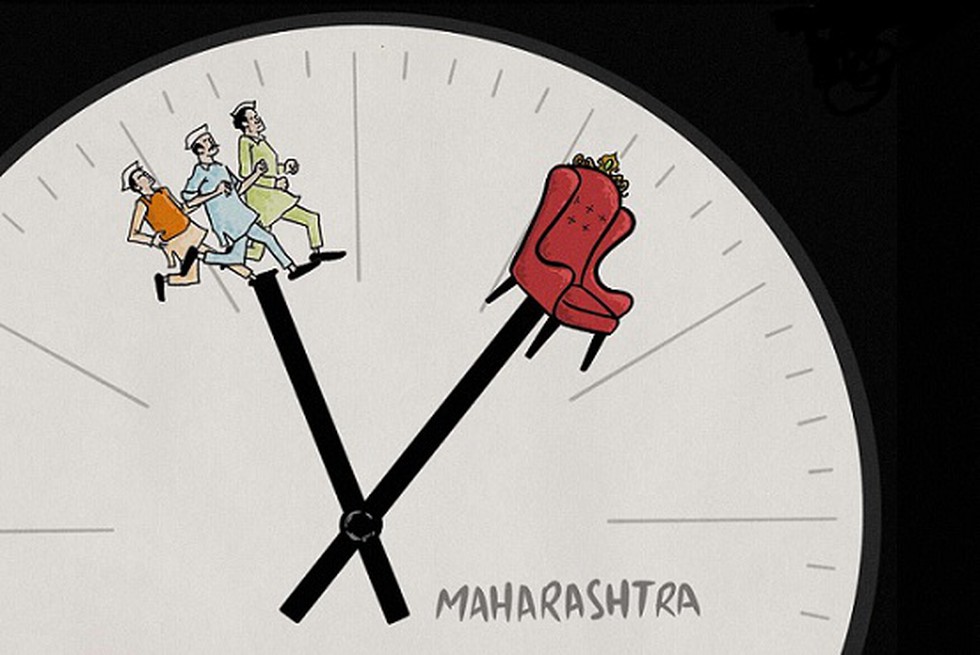
About:
- What is a floor test? A floor test is the determination on the floor of the House (in this case, the Maharashtra Vidhan Sabha) whether the Chief Minister commands the support of the majority of the MLAs.
- How is it done? This can be done by means of a voice vote, or by recording the vote of each MLA in the House. This determination of majority is done in a sitting of the legislature, for which the legislature has to be convened.
- Who will order the convening of the Legislative Assembly? Under the Constitution, the Governor convenes the session of the legislature. But on multiple occasions in the past, the Supreme Court has ordered the convening of the Assembly to hold the floor test.
- And who will conduct the floor test in the Legislative Assembly?
- The proceedings of a legislature are presided over by the Speaker.
- Often, in cases where an immediate floor test is ordered, the election of the Speaker is taken up after the conclusion of the floor test. In the absence of a Speaker, the Governor appoints one of the MLAs as the pro tem Speaker to perform the duties of the Speaker.
- The proceedings of a legislature are presided over by the Speaker.
Prelims Pointers
Nov. 27, 2019
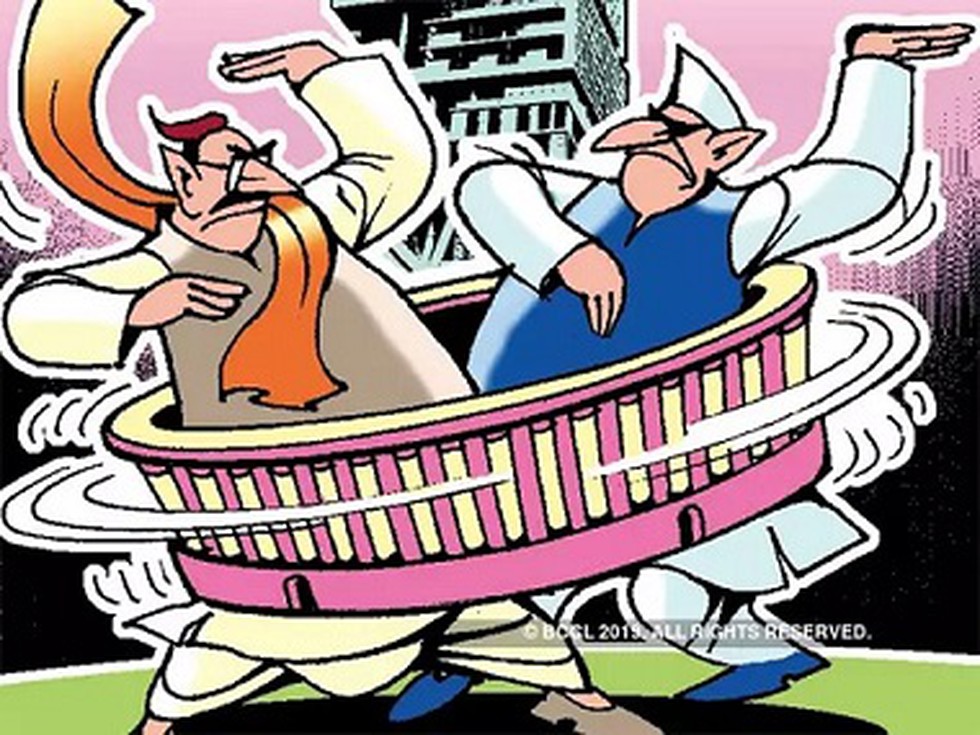
About:
- Rule 378 of the Rules for the Conduct of Business states: The Speaker shall preserve order and shall have all powers necessary for the purpose of enforcing own decisions.
- Rule 373 says: The Speaker, if is of the opinion that the conduct of any member is grossly disorderly, may direct such member to withdraw immediately from the House during the remainder of the day’s sitting.
- According to Rule 374A: In the event of a member coming into the well of the House or abusing the Rules of the House persistently and wilfully, such member shall, on being named by the Speaker, stand automatically suspended from the service of the House for five consecutive sittings or the remainder of the session, whichever is less.
Prelims Pointers
Nov. 27, 2019
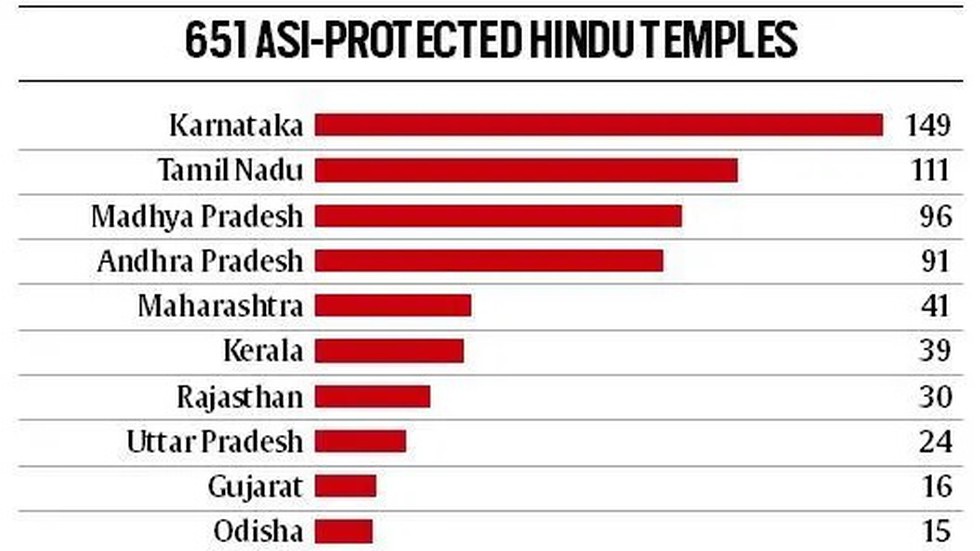
About:
- A total 651 Hindu temples in India are designated as Centrally Protected Monuments under the Archaeological Survey of India (ASI).
- The largest number of Hindu temples under the ASI’s protection is in Karnataka, followed by Tamil Nadu, Madhya Pradesh, and Andhra Pradesh.
Archaeological Survey of India (ASI)?
- Governance: The Archaeological Survey of India is an attached office of the Ministry of Culture.
- History: It was founded in 1861 by Alexander Cunningham who also became its first Director-General.
- Headquarters: New Delhi
- Functions:
- It is responsible for archaeological research and the conservation and preservation of cultural monuments in the country.
- Under the provisions of the Ancient Monuments and Archaeological Sites and Remains Act (AMASR Act) of 1958, the ASI administers more than 3650 ancient monuments, archaeological sites and remains of national importance.
Prelims Pointers
Nov. 27, 2019
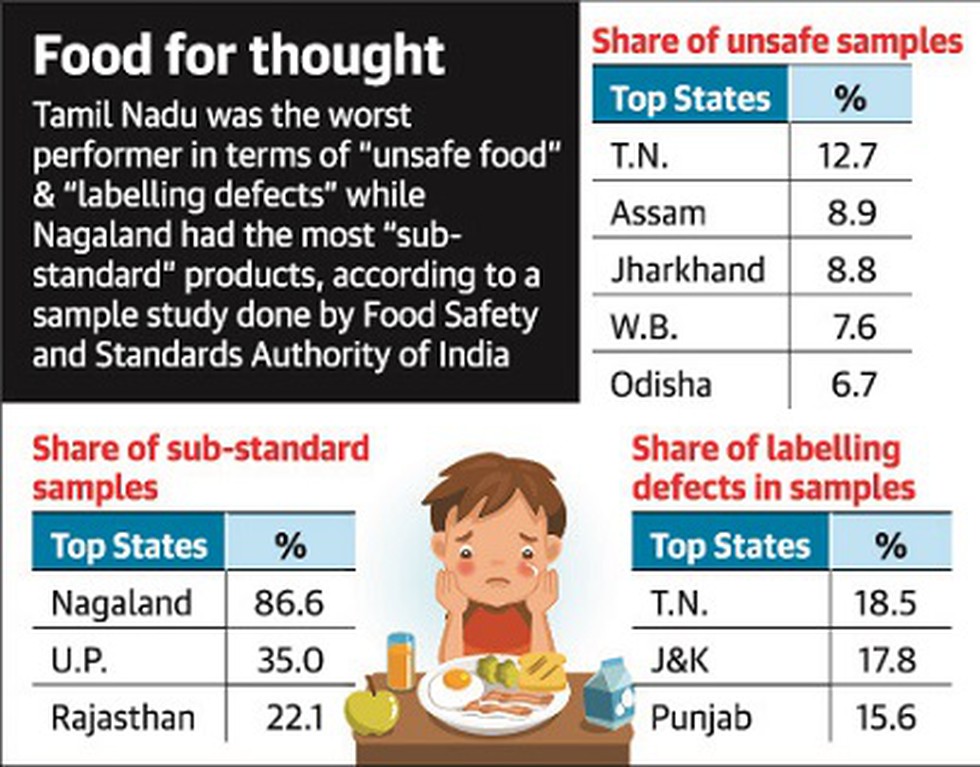
Key Findings:
- About 3.7% of the samples collected and analysed were found unsafe, 15.8% sub-standard and 9% samples had labelling defects.
- There has been a 7% increase in the number of samples analysed during 2018-19 compared to 2017-18. Compared to the previous year, 25% more samples were found non-conforming. This shows that there has been better targeting of enforcement efforts by States/UTs.
- There has been a 36% increase in civil cases launched and a 86% increase in criminal cases
- Ten States/UTs that have performed well include Uttarakhand, Goa, Bihar, Sikkim, Gujarat and Telangana.
- Ten States that have performed poorly include Nagaland, Uttar Pradesh, Tamil Nadu, Jharkhand, Jammu & Kashmir, Rajasthan and Punjab. Many of the poorly performing States have not been able to put in place full-time officers and do not have proper testing laboratories.

